Book Review: Metal from Heaven by August Clarke
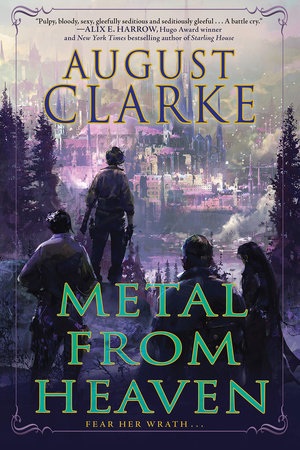
It starts off as a novel interested in worker’s rights…and changes into a novel about anarchy and communes with the equivalent of a pirate town, as we watch Marney grow into who and what she is. It’s a novel that explores Marney’s power and disability, her toxic ability to manipulate Ichorite, that both poisons her and yet is also malleable to her magical power.
Book Review: One Level Down, by Mary G. Thompson

I found the focused self-control and resilience of the protagonist inspiring, and I was rewarded with a very satisfying conclusion. This is a novella with a compelling character and some really interesting ideas, and I will definitely be looking for more from Thompson.
Book Review: A Drop of Corruption, by Robert Jackson Bennett
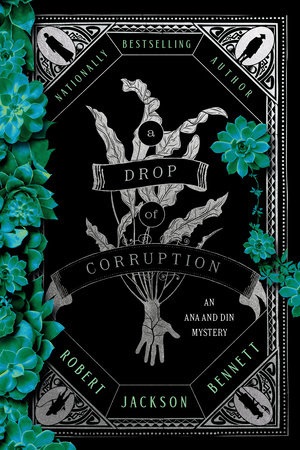
Anyone who enjoyed the first book should find A Drop of Corruption: An Ana and Din Mystery (Shadow of the Leviathan: Book 2) equally satisfying. I definitely advise against jumping into the series with the sequel, though; start with the first one.
780. S&F Clacks #7: The “Problem” w/ Worldbuilding
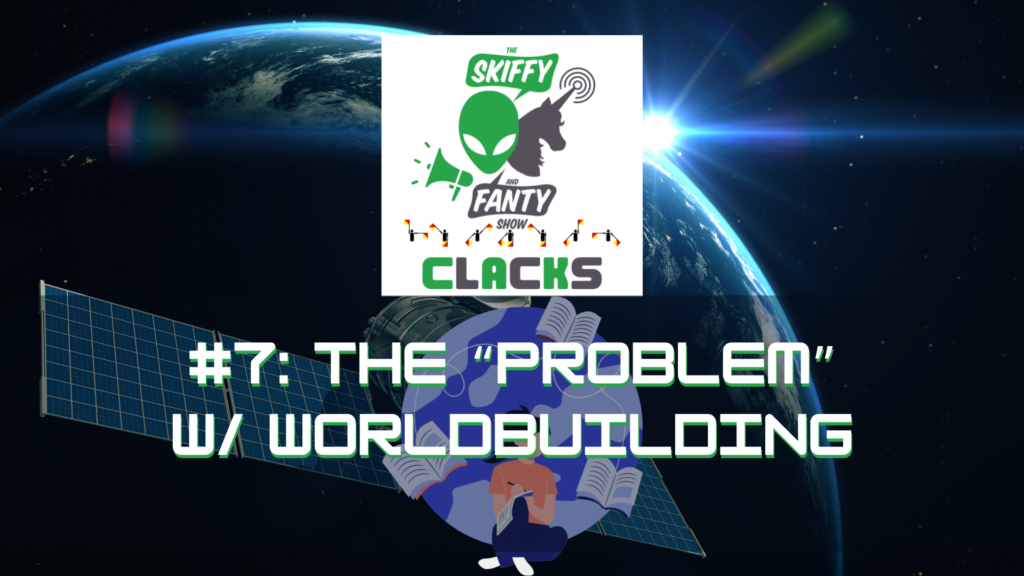
https://media.blubrry.com/skiffyandfanty/dts.podtrac.com/redirect.mp3/archive.org/download/sand-f-780-clacks-7-worldbuilding/SandF_780_Clacks7Worldbuilding.mp3Podcast: Play in new window | DownloadSubscribe: Apple Podcasts | Spotify | Android | Email | TuneIn | Deezer | RSSTotalizing worlds, imagined cultures, and genre limits, oh my! Shaun Duke, Paul Weimer, and Stephen Geigen-Miller join forces to discuss the so-called “problems” with worldbuilding, the impact of worldbuilding obsessions on story, and what SF/F could be without so much worldbuilding! Thanks for listening. We hope you enjoy the episode!
Book Review: The High Sierra: A Love Story by Kim Stanley Robinson
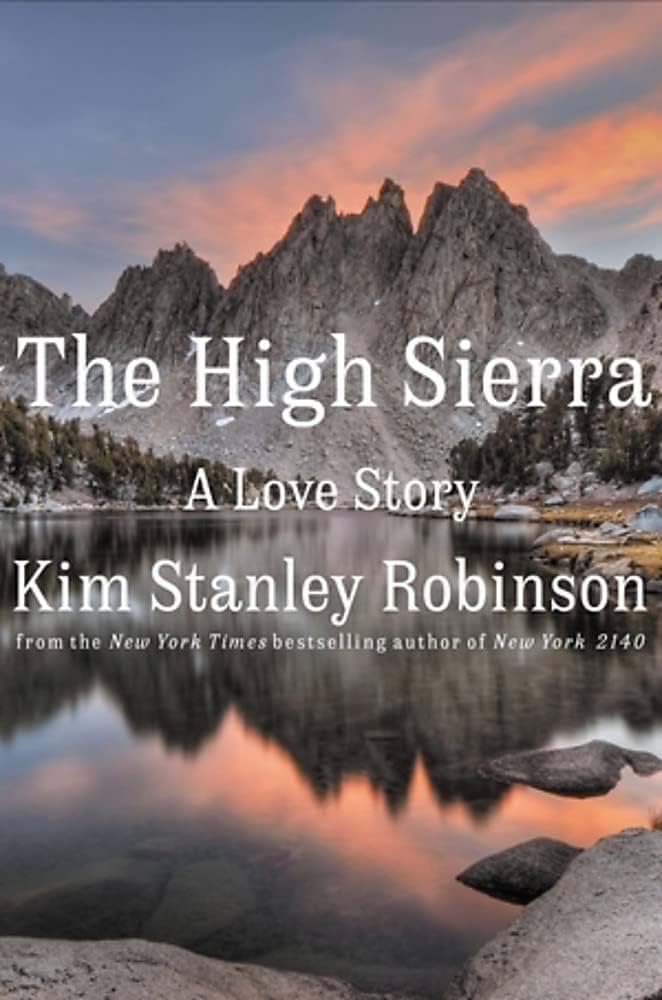
Kim Stanley Robinson’s THE HIGH SIERRA: A LOVE STORY is a large and somewhat rambling depiction of the favorite place of SF writer Kim Stanley Robinson, through a variety of lenses.
Guest Post: Stay With Your Story by Betsy Dornbusch
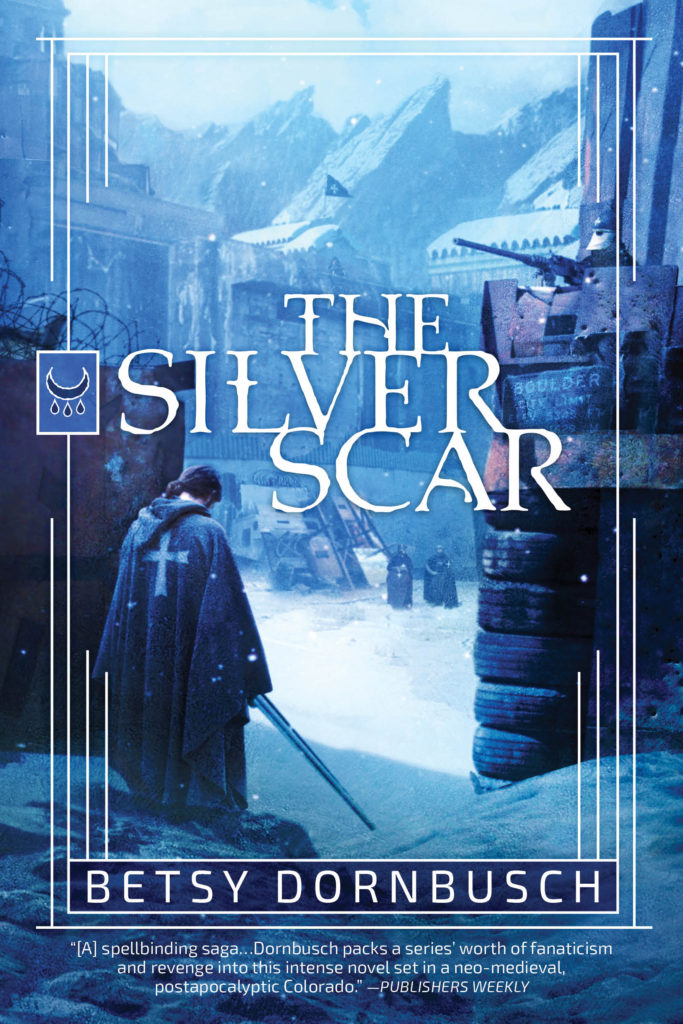
Today on Skiffy and Fanty, Betsy Dornbusch, author of the Books of the Seven Eyes trilogy and the soon-to-be-released The Silver Scar, talks to us about the books that influence us and how writers have to find their own stories. “Stay gold, Ponyboy. Stay gold.” Most American readers will recognize that as a climactic line from The Outsiders by SE Hinton, which happens to be my favorite book. I met SE Hinton when she came to Oak Park Elementary in fourth grade. My recollection was that we talked about that book a lot and that she was nice enough, but also that her books were about teenagers, so they had nothing to do with me. My brothers were teenagers, and they were WAY older. Never mind that Nancy Drew was a teenager, and the Hardy Boys, and the older Pevensies, and really, when you get down to it, Frodo in his way. But as life goes, I didn’t actually read The Outsiders until 7th grade. Reading it changed me into a writer.

